$116,900 Nissan GT-R: Supercar Triumph Over Porsche
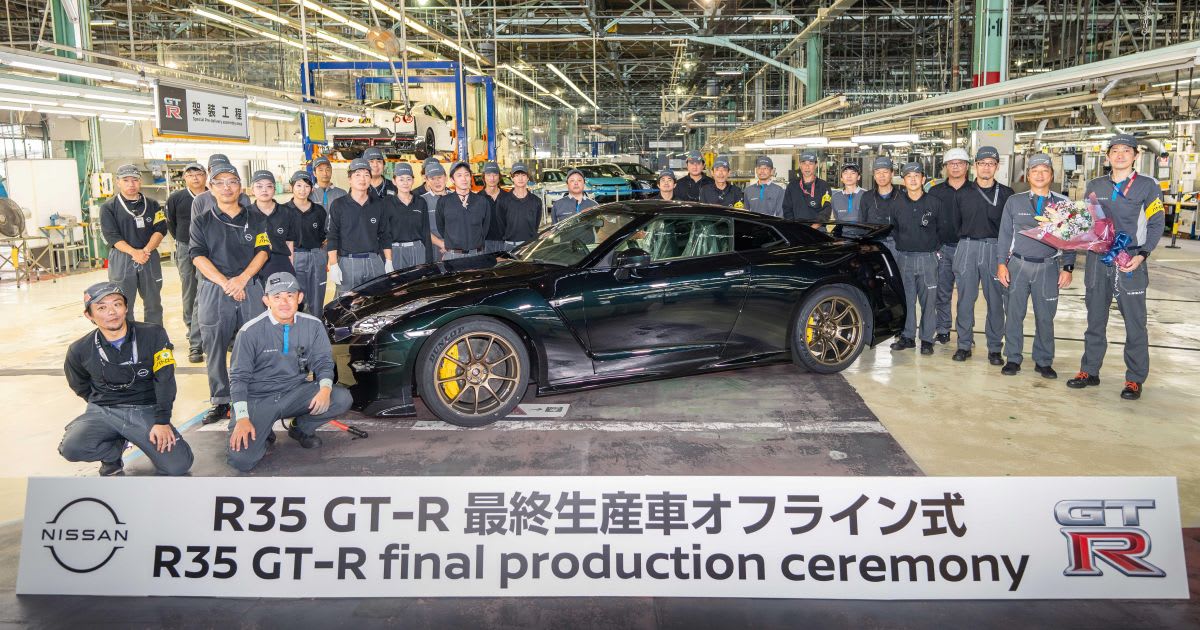
A New Era for the GT-R
Nissan was taking a massive risk. The Skyline GT-R had cemented its legendary status in the performance car world with its giant-slaying technology following the debut of the 1989 R32. For many Australians, this was their first taste of the GT-R's devastating capabilities – so much so that local media dubbed it 'Godzilla,' a nickname that still sticks decades later.
But the fifth-generation R35 GT-R was a different beast entirely. The concept unveiled at the 2001 Tokyo Motor Show revealed it would be a purpose-built coupe – not just a two-door version of a four-door sedan, but a sports car designed from the ground up. Skeptics thought it might share more with the 350Z of the time, whose lineage traced back to Datsun's successful foray into the U.S. sports car market with the S30-series 240Z (known as the Fairlady Z in Japan) in 1969.
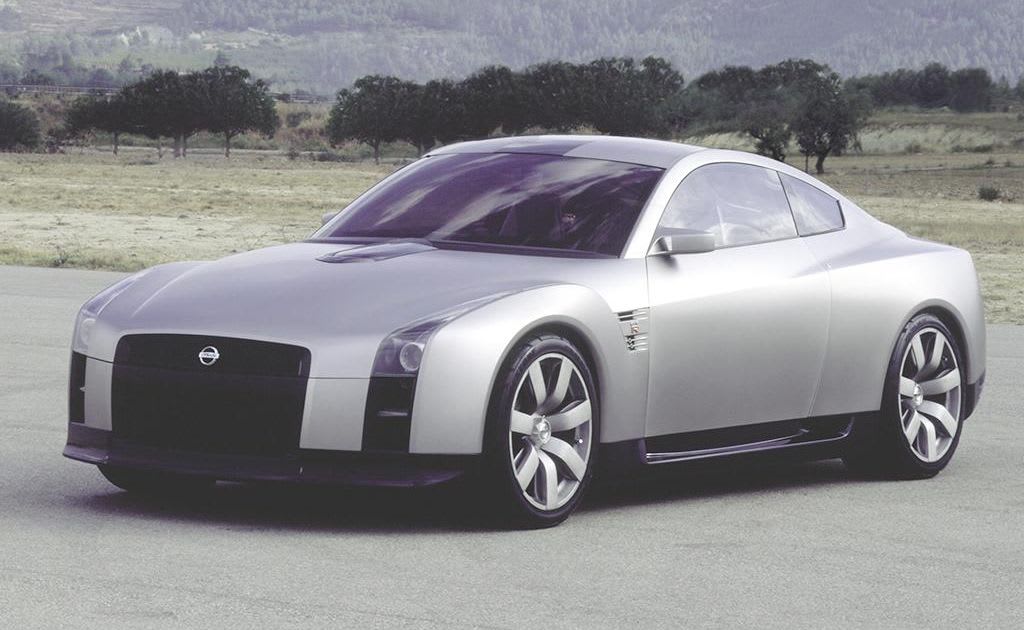
A Departure from Tradition
It would be a far cry from the legendary Skyline GT-R, which had its roots in the original PCG10 2000 GT-R of 1969. Ahead of its 2007 unveiling, fans already knew it would feature a four-wheel drive system amid a web of electric and mechanical wizardry, including two driveshafts and a rear transaxle, resulting in a hefty 3,968 lbs (1,800 kg) – about 441 lbs (200 kg) more than the heaviest V-Spec R34 GT-R. Not only was it heavier, but the R35's dimensions of 183.1/78.2/53.9 inches (4655/1985/1370 mm) made it wider, longer, taller, and sitting on a longer wheelbase of 109.4 inches (2780 mm) than any GT-R before it. There was no turbocharged straight-six, no manual gearbox, and it would no longer wear the Skyline name.
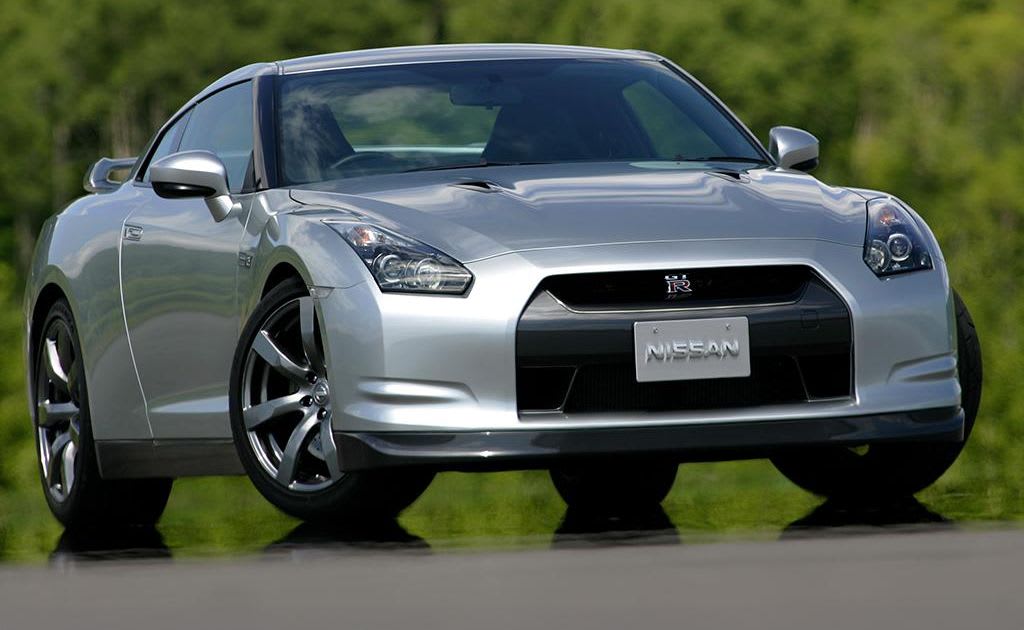
Pushing the Envelope
Had Nissan pushed the envelope too far? Did it have the audacity – or perhaps the foolhardiness – to put those iconic three letters, which had struck fear into rivals for decades, onto something completely different?
Yes, the R35 was going to be something else entirely. And it truly was something else. The production version's design stayed true to the 2001 concept car's “function over form” philosophy, though it was refined into a more sophisticated shape that would remain largely unchanged over an impressive 18-year production run.
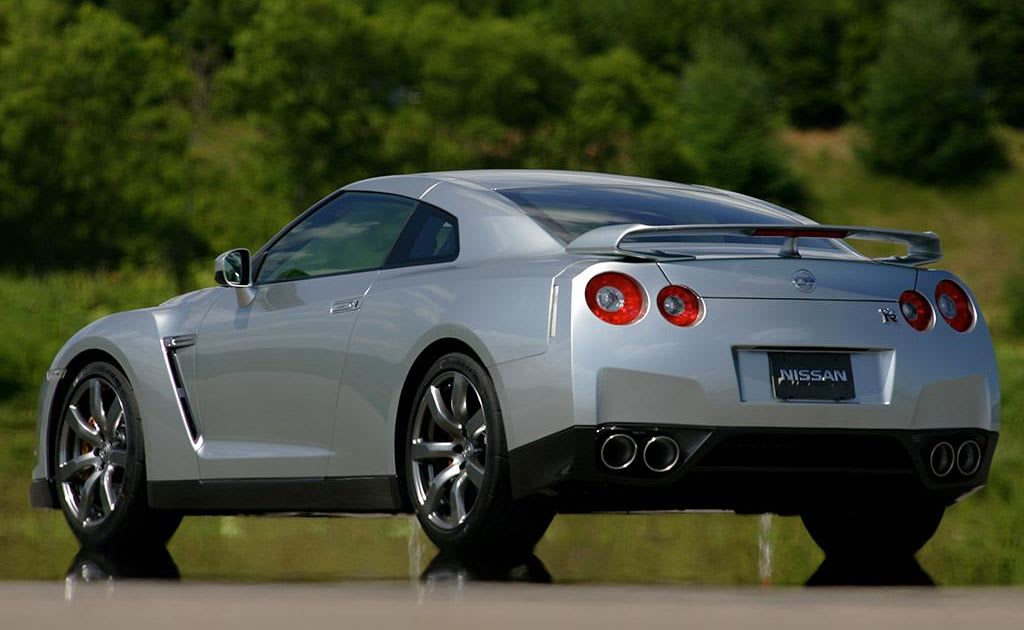
Design That Speaks Volumes
Nissan described the R35's design as purposeful: every styling aspect, from the overall shape to the smallest details, was crafted to maximize the driving experience while also suggesting supercar-level performance. Its ‘super wide beam’ headlights, muscular surfacing, and aggressive front-end commanded serious road presence, reinforced by steel, aluminum, and carbon-fiber construction.
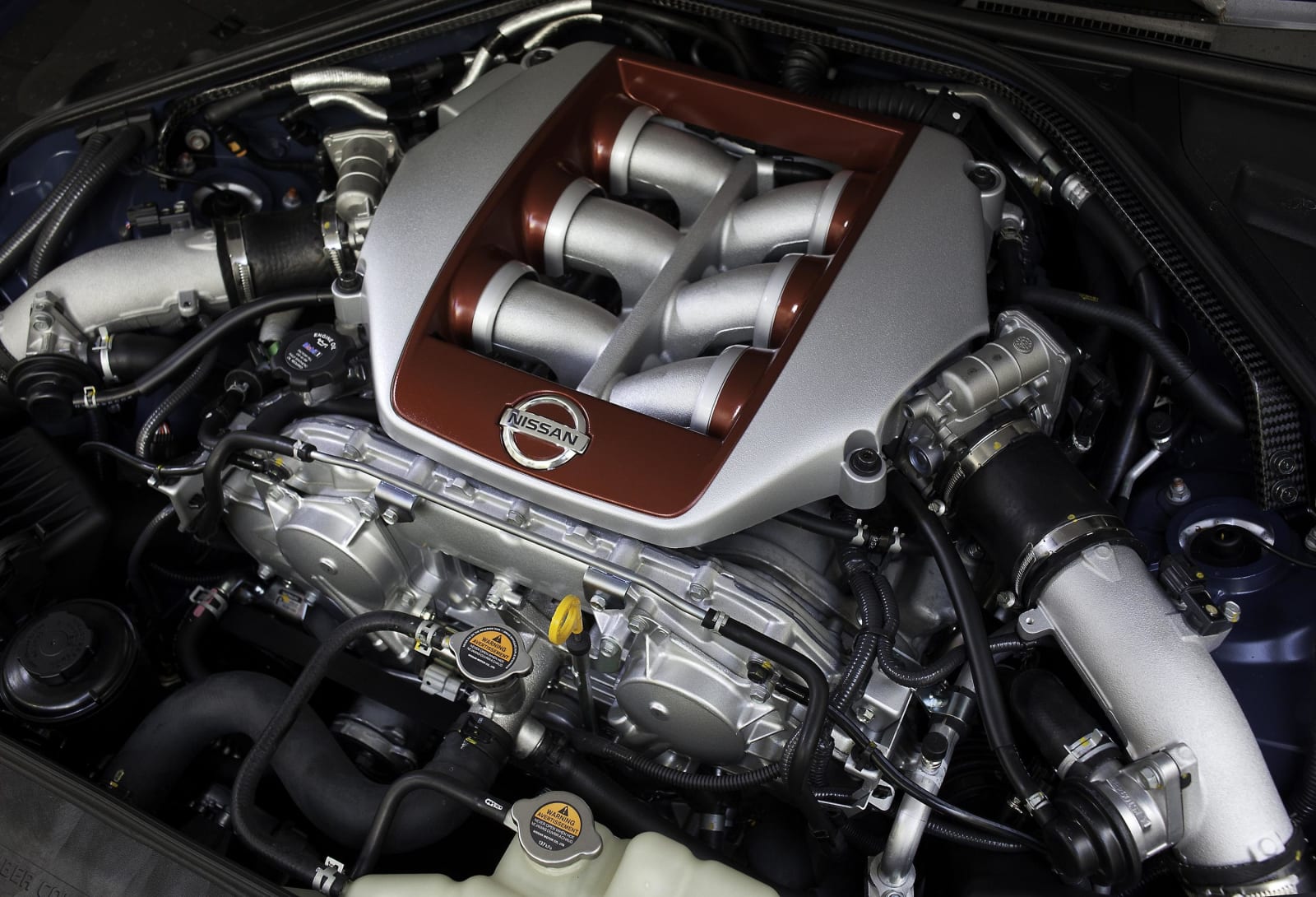
Power and Performance
Launched with 480 horsepower and 434 lb-ft (357 kW/588 Nm), the R35's engine was a masterpiece: hand-built by designated 'Takumi' master craftsmen at Nissan's Yokohama plant. Its outputs (and price) would later peak at 600 hp and 481 lb-ft (441 kW/652 Nm) with NISMO versions, before a run of 19 limited-edition GT-R50 models bumped that up further to 710 hp (530 kW). The final 'standard' R35 GT-Rs sold in Australia in 2022 produced 565 hp and 481 lb-ft (419 kW/652 Nm). The engine featured a closed-deck aluminum block with plasma-coated cylinder bores to reduce friction and increase strength, plus a forged crankshaft, conrods, and pistons. It was fed by a pair of parallel IHI RHF55 turbos (one for each bank) and quad-cam aluminum heads with iridium spark plugs and direct fuel injection.
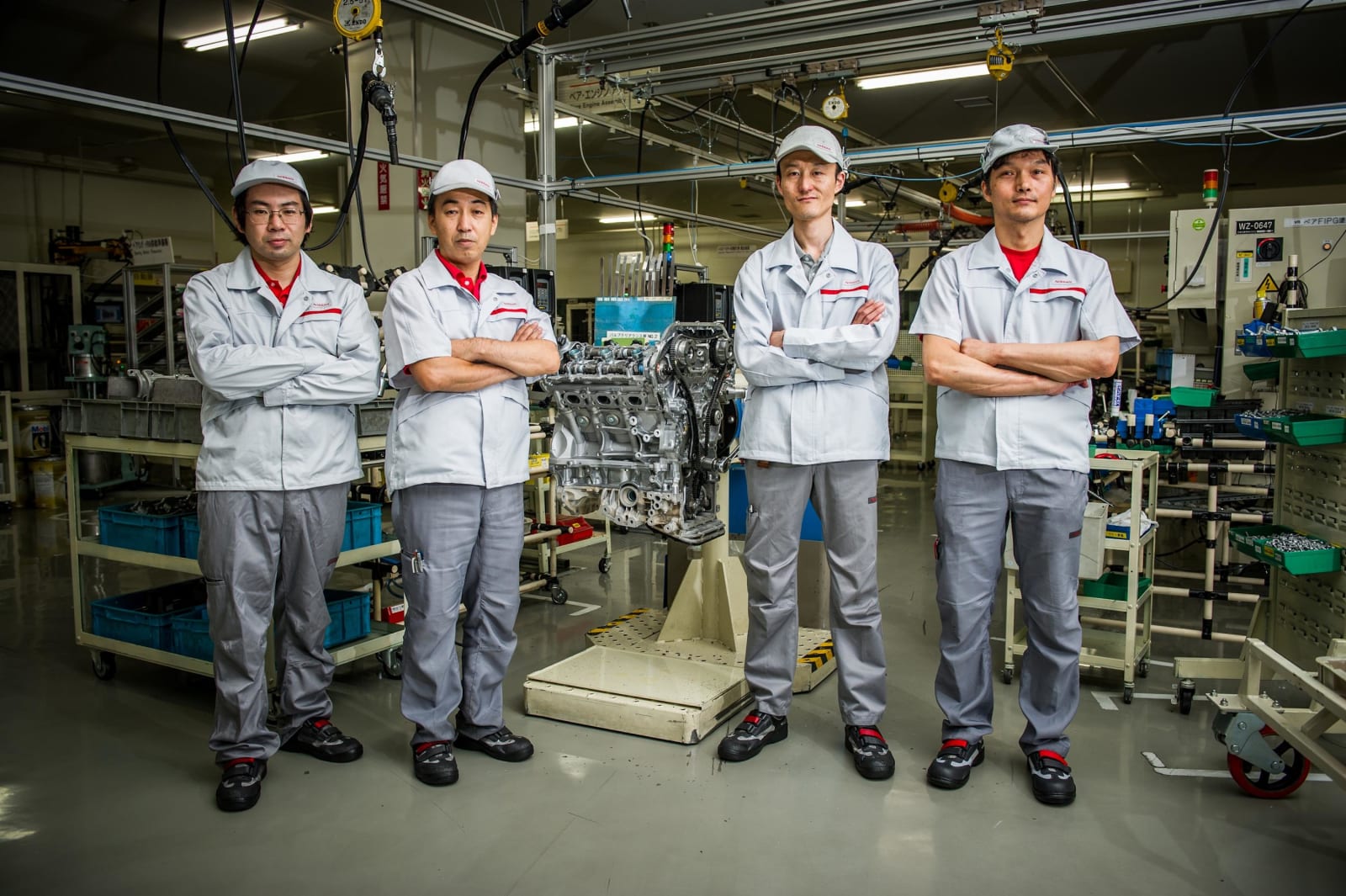
Engineering Mastery
While the engine’s mission was to launch the GT-R into the stratosphere, every other part of the driveline was engineered to keep the car planted and convert that fury into speed – both in a straight line and through corners. That included the latest evolution of Nissan's computer-controlled ATTESA E-TS all-wheel-drive system, first developed for the R32 Skyline GT-R. The acronym stands for Advanced Total Traction Engineering System for All-Terrain with Electronic Torque Split. In layman's terms, the R35 had a rear transaxle, and the ATTESA E-TS system could split torque both side-to-side and front-to-rear via a second driveshaft. Combined with electronic adaptive dampers offering multiple modes, it effectively harnessed all of the VR36DETT's power. Reined in by six-piston Brembo front brakes, this setup endowed the R35 with incredible control, mind-bending agility, physics-defying cornering capability, and point-to-point pace unlike anything before it – even in wet conditions.
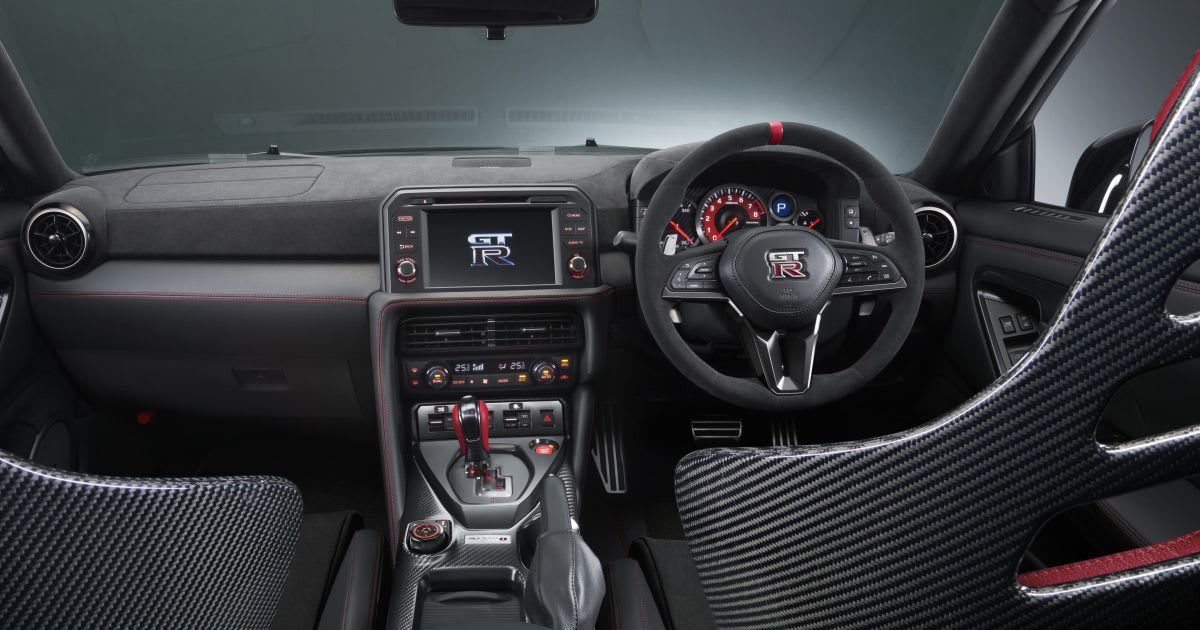
A Super Car for Everyone
When Nissan launched the R35, it promised “the ultimate supercar that can be driven by anyone, anytime, anywhere.” And it delivered. The six-speed BorgWarner dual-clutch transmission kept pace admirably, though a bit clunky at low speeds. It devoured long roads with ease, tackling bumps, ruts, and camber changes with unflinching stability. It was almost too fast to fully enjoy – accessible to drive quickly, but demanding both mental and physical sharpness to match its engineering brilliance. Over 18 years, the GT-R faced off against three generations of its target rival, the Porsche 911 Turbo, without flinching.
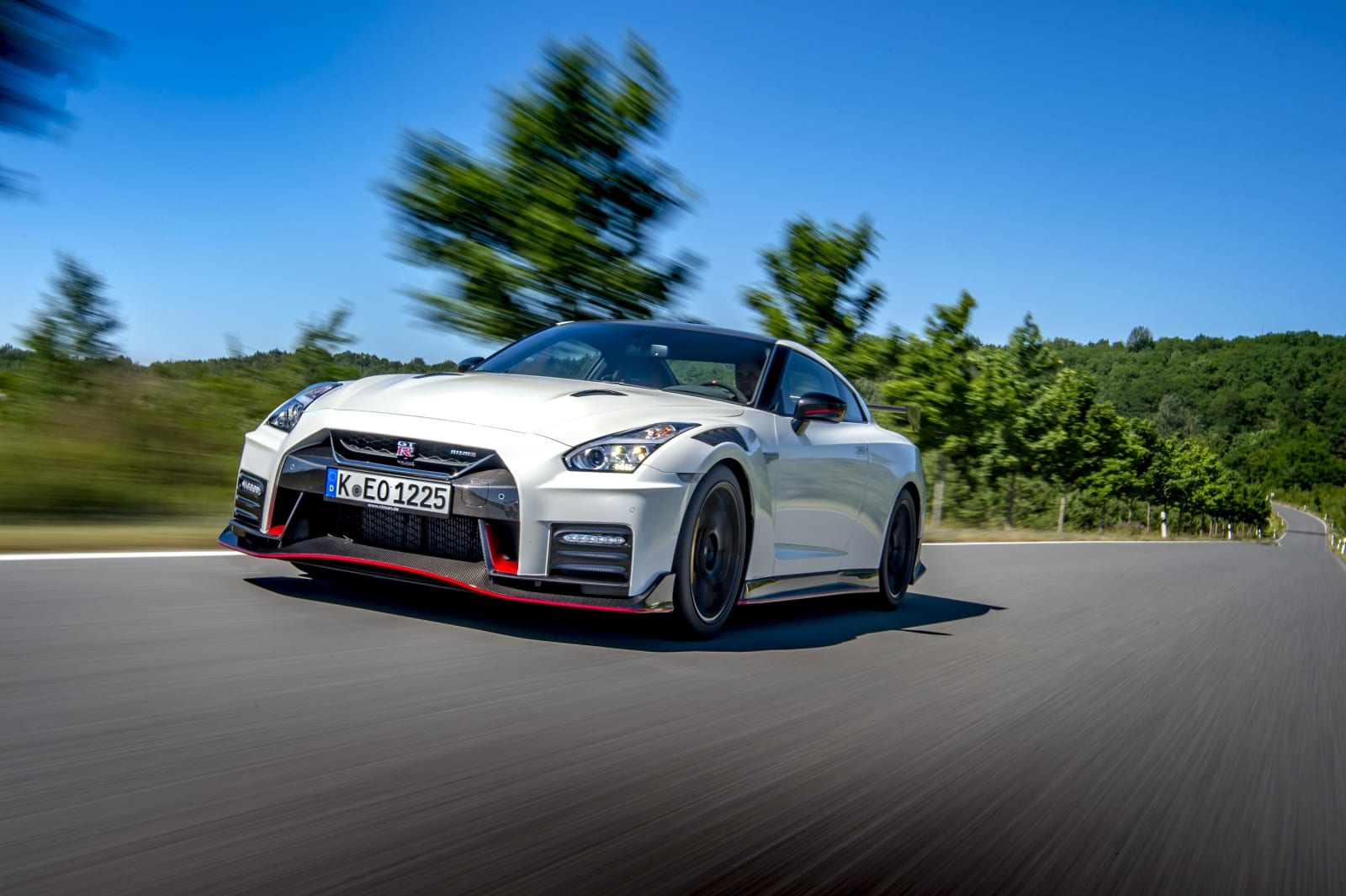
Racing Legacy
The showdown began in 2007 when Nissan announced a Nürburgring lap time of 7:38, sparking a fierce rivalry. By April 2009, the R35 had cut its time to 7:27.56, besting the 997 Series II 911 Turbo’s 7:39. Annual upgrades followed. Power climbed, a minor 2011 facelift tweaked details, and a 2017 gearbox update sharpened performance. Its official 0–100 km/h time was eventually trimmed to 2.7 seconds before new crash-test rules ended its Australian run in 2022. The ultimate Nürburgring time came in 2013, when a NISMO R35 clocked 7:08.679 – albeit with minor modifications. The R35 also conquered Bathurst, winning the 2015 12 Hour against Ferraris, McLarens, and Lamborghinis – a far less controversial result than the infamous R32 Bathurst 1000 victory in 1992. Multiple Japanese racing titles cemented the GT-R’s legacy, proving that wherever it went, legends were forged and Nissan’s engineers’ determination to topple the world’s best shone through.
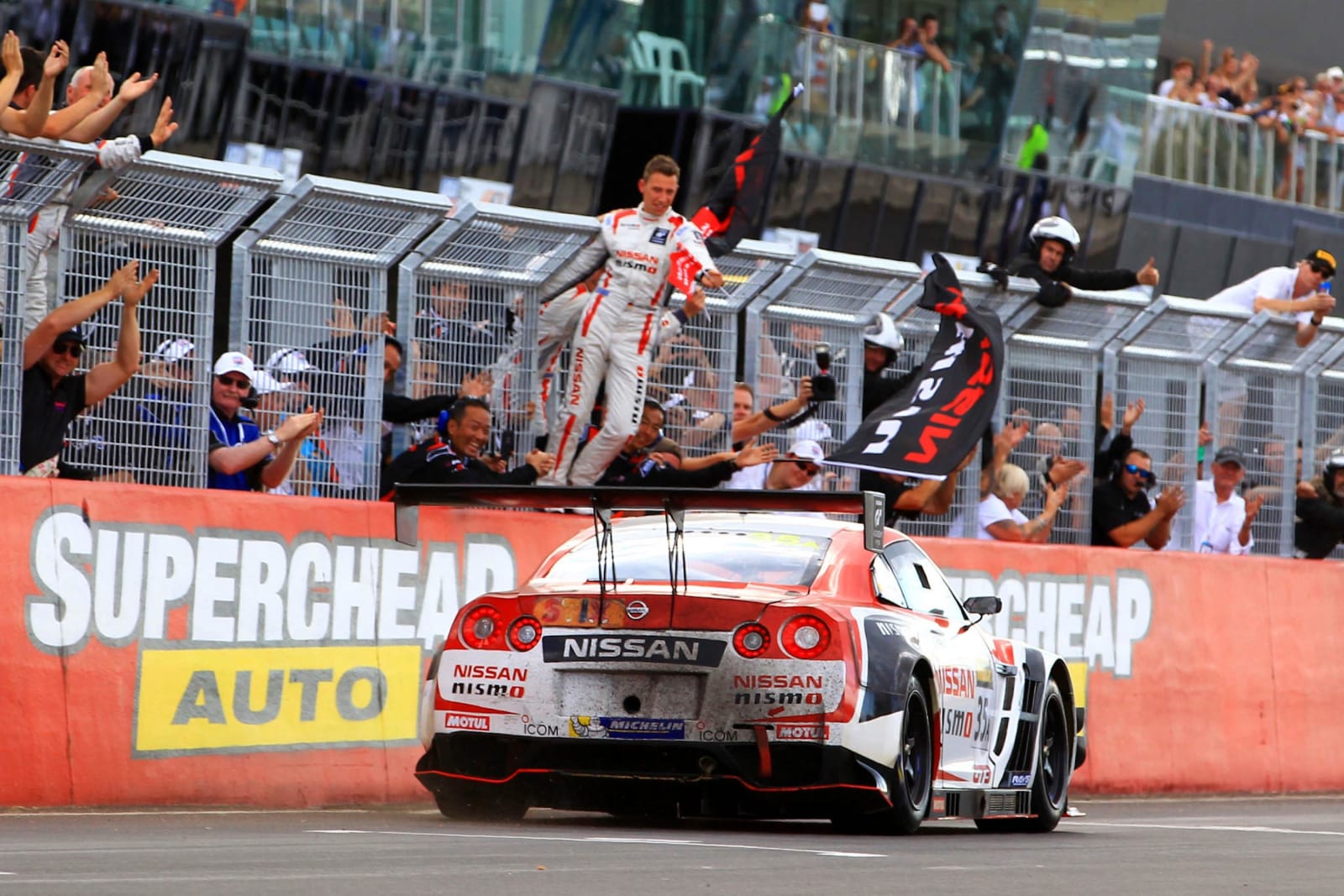
A Unique Identity
The muscular haunches with ‘aero blades’ on the fenders were unapologetically aggressive, making the sculpted, seductive lines of a Porsche 911 look restrained and even soft by comparison. This car was the Voltron of supercars, as if it had leapt from the pages of a Japanese manga. Its flat, cam-back rear end paid homage to the classic quad tail-lights of its predecessors, while a carbon-fiber rear diffuser contributed to a slippery 0.27 drag coefficient. If a 911 was a sculpted work of art, the GT-R was a chiseled athlete with muscles bursting at the seams. The GT-R was no poseur’s car: it was a blur, a memory – a machine so focused on catapulting itself off the face of the planet that it eschewed bling in favor of gigabytes of tech and kilowatts pumping through its extravagant powertrain. Nissan's VR36DETT – a 3.8-liter, 60-degree twin-turbo V6 – had big shoes to fill. The iconic RB26DETT inline-six that powered the R32 through R34 Skyline GT-Rs was as legendary among performance tuners as the GT-R itself. The R35 conquered Bathurst, too – winning the 2015 12 Hour in 2015 against a field of Ferraris, McLarens, and Lamborghinis – in far less controversial circumstances than the final R32 victory at the 1992 Bathurst 1000, where winner Jim Richards unleashed Australian motorsport's most iconic expletives to the angry mob below the podium as co-driver Mark Skaife looked on in disbelief. Multiple Japanese racing titles further cemented the GT-R's legacy, proving that wherever it went, legends were born, triumphs emerged from adversity, and the sheer determination of Nissan's engineers to topple the world's best shone through. Nissan insists the final R35 – the last of 48,000 built globally, including 997 in Australia – isn’t the end of the GT-R story. For tuners, enthusiasts, and fanatics, that decision isn’t entirely Nissan’s to make.
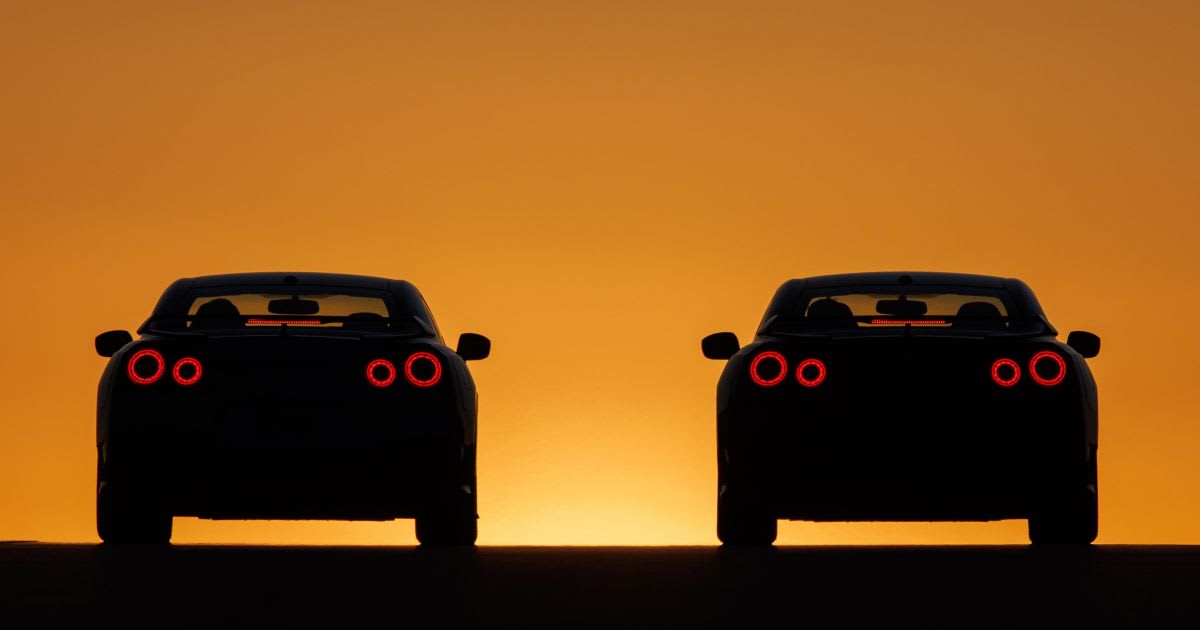
The End of an Era
The GT-R will remain the pinnacle of Japanese performance engineering, forever etched into automotive culture. But the R35 may be the swan song for pure petrol-powered GT-Rs – the final example sending off a guttural, thunderous note distinct from a 911’s flat-six wail, a sound that struck fear into rivals for decades. Something new may be on the horizon for the GT-R saga. But the R35 was – and remains – something truly extraordinary.
Latest Posts
- Robo-Taxis Are Coming—Are We Ready for the Next Big Shift in Urban Mobility?
- How EVs Will Soon Charge Faster Than You Refuel—EV Charging Times Slashed by 80%
- Torque on Tap: Why High-Performance EVs Leave Gas Cars in the Dust
Post a Comment for "$116,900 Nissan GT-R: Supercar Triumph Over Porsche"
Post a Comment